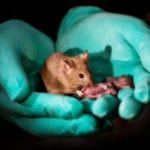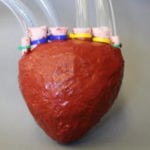 Mysteries
Mysteries  Mysteries
Mysteries  History
History 10 Surprising Stories About the Texas Rangers
 Humans
Humans 10 Philosophers Who Were Driven Mad by Their Own Theories
 Miscellaneous
Miscellaneous 10 Video-Game-Worthy Weapons and Armors from History
 Weird Stuff
Weird Stuff 10 Psychics Who Accurately Predicted Wartime Events
 The Arts
The Arts 10 Pieces of Art Inspired by a Broken Heart
 Health
Health 10 Science Fiction-Sounding New Medical Treatments
 History
History 10 Surprising Facts About the Father of Submarine Warfare
 Space
Space Ten Astonishing New Insights into Alien Worlds
 Weird Stuff
Weird Stuff 10 Bizarre Summer Solstice Rituals Still Practiced Today
 Mysteries
Mysteries Top 10 Haunting Facts About the Ghost Ship MV Alta
 History
History 10 Surprising Stories About the Texas Rangers
 Humans
Humans 10 Philosophers Who Were Driven Mad by Their Own Theories
Who's Behind Listverse?

Jamie Frater
Head Editor
Jamie founded Listverse due to an insatiable desire to share fascinating, obscure, and bizarre facts. He has been a guest speaker on numerous national radio and television stations and is a five time published author.
More About Us Miscellaneous
Miscellaneous 10 Video-Game-Worthy Weapons and Armors from History
 Weird Stuff
Weird Stuff 10 Psychics Who Accurately Predicted Wartime Events
 The Arts
The Arts 10 Pieces of Art Inspired by a Broken Heart
 Health
Health 10 Science Fiction-Sounding New Medical Treatments
 History
History 10 Surprising Facts About the Father of Submarine Warfare
 Space
Space Ten Astonishing New Insights into Alien Worlds
 Weird Stuff
Weird Stuff 10 Bizarre Summer Solstice Rituals Still Practiced Today
Top 10 Astounding Uses For Genetic Technology
Genetic technology is changing the world as we know it. As you read this, scientists are working on fascinating ways to modify DNA. Recently, a form of advanced gene-editing technology known as CRISPR has opened up new avenues of genetic experimentation. CRISPR is held in such high regard that, in 2020, its creators were awarded the Nobel Prize in Chemistry. Their new tool allows researchers to alter DNA with unique precision. Already, it is helping produce new forms of cancer therapy. Experts reckon it could one day be used to cure genetic conditions.
Of course, gene editing is a controversial practice that raises many ethical concerns. Bioscientists have been accused of “playing god” with the genome. But genetic technology has also inspired all manner of mind-boggling scientific innovation. Here are just ten of its most astounding uses.
10 Foods That Have Been Genetically Modified Beyond Recognition
10 Modified goats produce cancer drugs in their milk
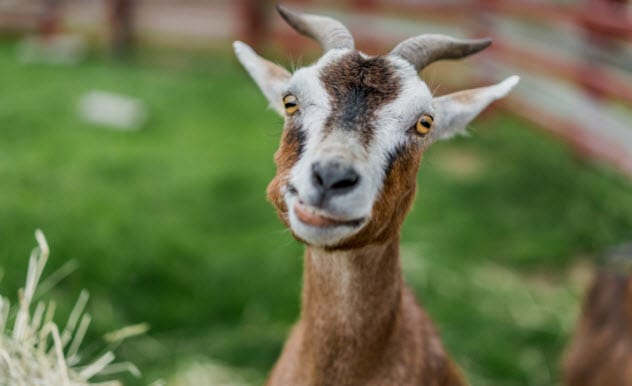
Scientists in New Zealand have created genetically modified goats that produce cancer drugs in their milk. The goats have been specifically altered to create cetuximab medication, which is used to treat cancer in the colon and lungs. Currently, the drug can cost as much as $13,000 a month without insurance. Scientists hope their new method of production will help lower the price, thereby making it more accessible.
Manufacturing cetuximab is an expensive process. Its elaborate chemical structure means producers have to rely on proteins from inside mice cells to cultivate the drug. But these genetically modified goats have offered the pharmaceutical industry a way to mass-produce cetuximab.
“It’s a lot more economic to make cetuximab in animals because their mammary glands can produce large amounts of proteins,” explained Götz Laible, the researcher in charge of the project at New Zealand’s AgResearch institute.
9 Scientists store data inside living DNA
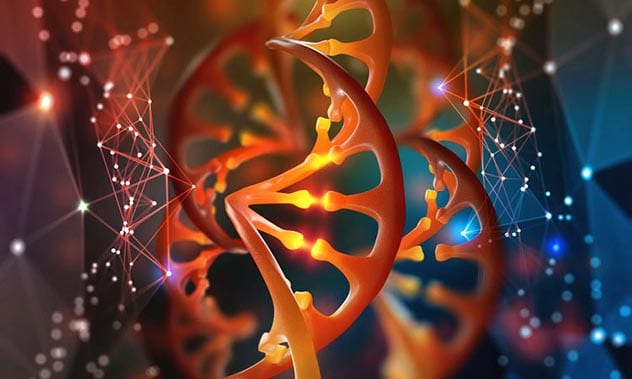
Data storage is a difficult business. Day in day out, we rely on electronic devices like hard disks, optical drives, and memory sticks to store vast amounts of information. But perhaps other materials could be better suited to data storage. Now, scientists in New York have come up with a new method that uses gene editing to store data in the DNA of live bacteria.
In 2021, researchers at Colombia University demonstrated that live E. coli cells can store up to 72 bits of data. At its core, a data file consists of a long line of ones and zeros. The scientists were able to encode ones and zeros into the E. coli DNA by inserting specific genes into the cell. They were even able to write the simple message “Hello world!” into the DNA of an E. coli cell, then decode it by sequencing the DNA.
DNA is surprisingly well-suited to data storage. Biological proteins can store a massive wealth of information. Scientists estimate that if a strand of DNA were the size of a grain of salt, it could hold the equivalent of ten feature-length movies. What’s more, the technology needed to read and write DNA is becoming increasingly powerful with time. That said, DNA data storage is still in its infancy, which means it is unlikely to take off any time soon.
8 Increasing the lifespan of dying mice
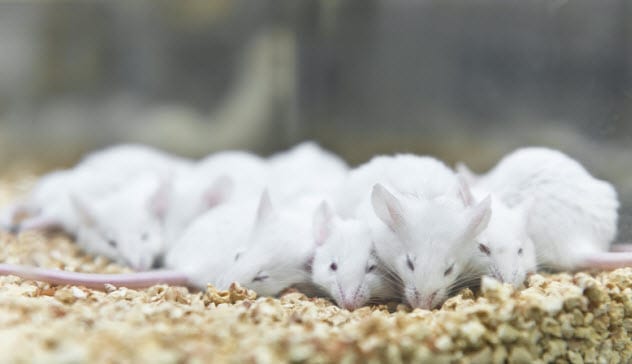
Scientists at Harvard University have extended the lifespan of dying mice using gene editing, increasing their life expectancy by more than double.
As part of the study, led by Professor David Liu, the mice were given progeria—a rare disease that causes premature aging in children. On average, children with progeria live to the age of fourteen. The condition is caused by a rare genetic mutation and cannot be treated using regular gene therapy. Instead, the Harvard team is developing a way to change the fundamental coding of the progeria sufferer’s DNA.
This technique was trialed on the terminally ill mice, and it significantly improved the length of their lives. The rodents, which were expected to survive 215 days, went on to live for a median average of 510 days. Liu and his team hope to use these findings to develop an effective treatment for progeria and similar genetic conditions.
7 Gene therapy in one eye enhances vision in both

Scientists have discovered a form of gene therapy for sight loss that, when injected into one eye, improves vision in both. The genes travel from the injected eye into the untreated eye, although eye specialists are unsure about the implications of this discovery.
The scientists were attempting to treat a condition known as Leber’s hereditary optic neuropathy (LHON), a form of progressive sight loss mostly found in young men. This rare type of blindness stems from a genetic mutation that attacks and destroys cells in the eye’s retina.
As part of a recent trial, 37 patients with LHON received gene therapy injections into one of their eyes. But remarkably, after two years, 29 of the patients reported improvement in vision in both eyes. At first, the scientists were taken aback by these results until they discovered that the gene therapy viruses were sneaking out of one eye and into the other.
Repeating the experiment on macaque monkeys, they found the genes were traveling down the optic nerve of one eye, crossing over to the other optic nerve, then traveling into the other eye.
6 Harmless bull with no horns
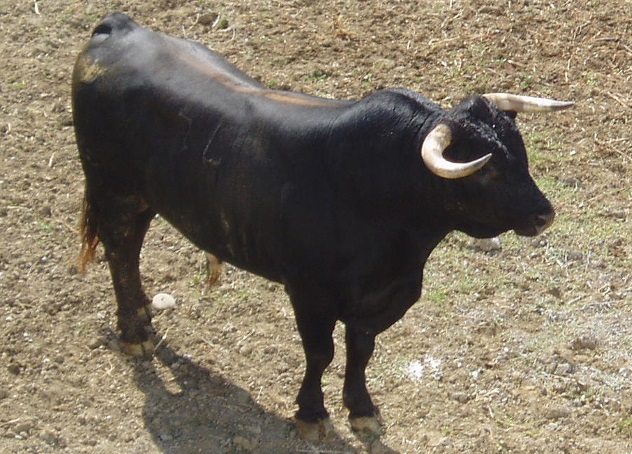
Researchers have found a way to create hornless bulls by editing the DNA of the father. This new method provides farmers with a painless alternative to current dehorning techniques. Currently, cattle need to have their horns physically removed. This is a lengthy and difficult process that can be extremely painful for the bull. But it does need to be done. Not only are the hornless bulls less likely to harm other animals, but they are also easier to transport and take up less room at the feeding trough.
In 2016, two baby bulls were born with a genetic mutation that means they will never grow horns. This was achieved by introducing a short string of DNA into the father’s cells. After analyzing DNA from all three bulls, scientists confirmed that the genetic alterations had been passed down to the young cattle without causing any accidental side effects.
“We’ve demonstrated that healthy hornless calves with only the intended edit can be produced, and we provided data to help inform the process for evaluating genome-edited animals,” explained Alison Van Eenennaam, an expert in animal science working at the University of California, Davis.
5 Cows are made more resilient to heat stress
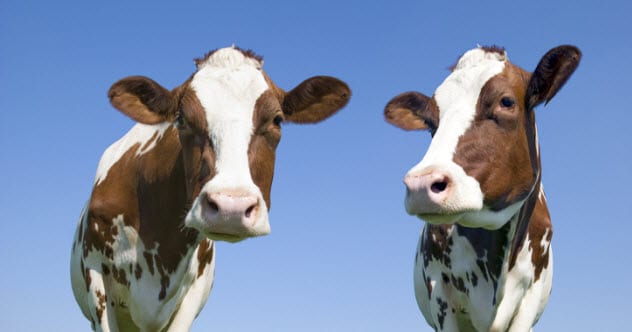
As temperatures rise, cows begin to feel the strain. Bovines are particularly susceptible to heat stress. If left in the blazing sun for too long, cows start to lose their appetite, produce less milk, and are less likely to conceive. As you can imagine, the knock-on effects for farmers can be terrible. Each year, heat stress is said to cost the US dairy industry $900 million. In poorer countries, where farmers may only own a few livestock, it can be the ruin of many.
But now scientists in New Zealand have found a potential solution to this cattle-based conundrum. They are using gene-editing techniques to change the color of the cows’ coats. By altering their pigmentation genes, the researchers managed to lighten the dark, heat-absorbent hair of common dairy cows. Holstein-Friesian cattle are usually white with jet black patches, but the genetically altered calves were born covered in light silver-colored markings.
The researchers hope to refine their research using DNA from tropical cattle that are more resilient to high temperatures.
4 Overweight mice lose body fat
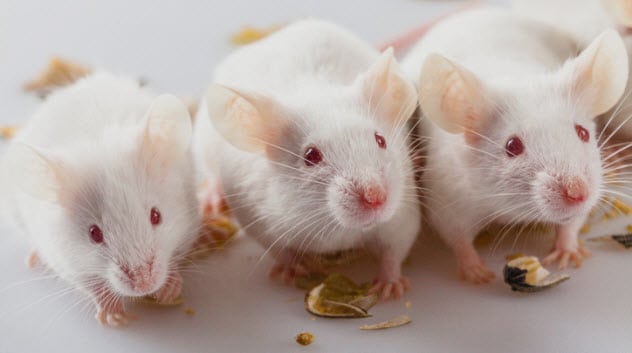
Gene editing could one day be used to treat obesity, say scientists at Harvard University. In August 2020, the researchers revealed a new method for combating weight gain in mice: transforming unhealthy white fat cells into energy-busting brown fat cells using CRISPR gene editing.
Stodgy white fat cells are full of unhealthy lipids that build up inside the body. An excess of white fat can lead to diabetes. But brown fat cells are much healthier. They break down some fat to create energy and store the rest in a smaller space.
The Harvard team was able to help the mice lose weight by altering their DNA. The scientists genetically altered the white fat, giving it the characteristics of healthy brown fat. The experiment focused on UCP1, a protein found in brown fat that turns chemical energy into heat.
Over the twelve-week study, the mice with white fat cells piled on the pounds, whereas the gene-edited mice found it much more difficult. There is even a suggestion that the gene-editing process helped the mice stave off diabetes.
Scientists predict that eventually this method could be developed into a treatment for obesity, although human trials are still a long way off.
3 Scientists cure mice of hearing loss
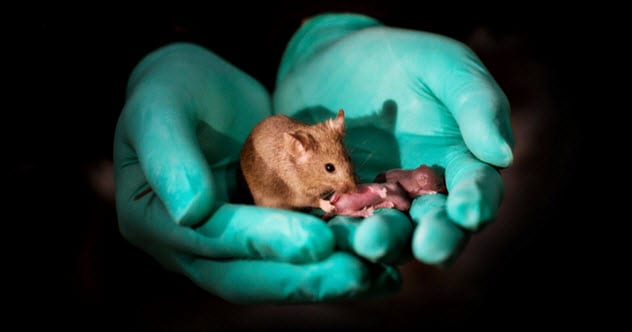
In 2019, researchers from Harvard Medical School and Boston Children’s Hospital announced a novel treatment for hearing loss in mice that could one day be used on humans.
Beethoven mice suffer from a genetic mutation that also affects humans, causing progressive hearing loss and eventual deafness. The name Beethoven mice is a reference to the German composer, who began to lose his hearing when he was in his twenties.
The hearing loss that the mice experience is caused by a minor alteration in their DNA. Using sophisticated biological technology, scientists can pinpoint the defective gene without harming any of the remaining healthy genes. This means they can cure the Beethoven mice of their deafness without causing any unwanted side effects.
The scientists do warn people not to get their hopes up too quickly. There are still years of research to be done before this therapy can be tried on humans. “We believe our work opens the door toward a hyper-targeted way to treat an array of genetic disorders that arise from one defective copy of a gene,” explained Harvard’s Jeffrey Holt. “This truly is precision medicine.”
2 Killer moths help New York with pest problem
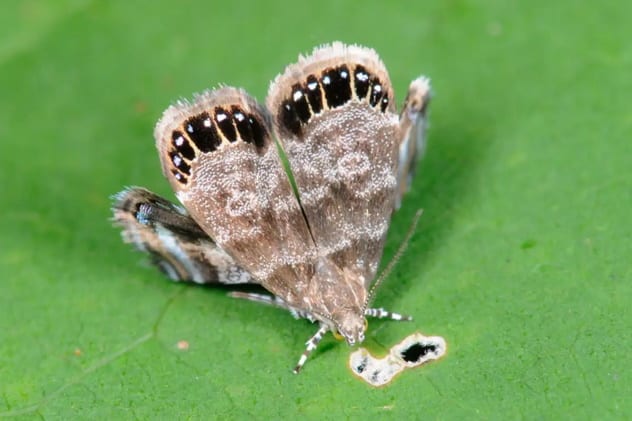
In January 2020, New York State officials released swarms of genetically modified (GM) male moths to curb the number of pests. Young female diamondback moths are capable of inflicting a massive amount of harm to farmers’ crops. Despite their short lifespan, the larvae consume a huge amount of brassica plants, including kale, cabbage, and oilseed rape. The moths and their rapacious diets are said to cause $5 billion of damage each year.
Typically a pest like this would be dealt with using pesticides, but the diamondback moth is remarkably quick at developing resistance. So Oxitec, a biotechnology company based in the UK, has developed a fleet of killer GM moths to wipe out the young pests.
Scientists added a gene to the male moths that causes newly-hatched larvae to drop dead, but only affects the females. This means the harmful young females will perish before they can do any damage. The young males, on the other hand, will go on to mate with other wild females, passing on the killer gene to their larvae. This should continue for a few generations, after which Oxitec says the lethal gene will fade away.
1 Gene editing leads the fight against superbugs

Antibiotic-resistant superbugs are a global crisis waiting to happen. Destructive pathogens that, only a few decades ago, were easy to treat with penicillin are building up immunity to antibiotics. Unless scientists can create new antibiotics quickly, we could be facing 10 million deaths a year by 2050 due to these hostile germs.
But there is hope on the horizon. Researchers from the University of Manchester have uncovered a new way to produce antibiotics using CRISPR gene editing. By combining several cutting-edge biological techniques, the team produced an unusual type of antibiotic known as malonomycin. This novel technique could help scientists develop new forms of antibiotic medication—drugs that are better suited to fighting off highly resistant superbugs.
“We are now optimistic that our findings might lead to the discovery of new antibiotics,” explained the leader of the study Jason Micklefield, “and may also provide new ways of making antibiotics which are urgently needed to combat emerging drug-resistant pathogens.”
10 Amazing Powers From Rare Genetic Mutations

